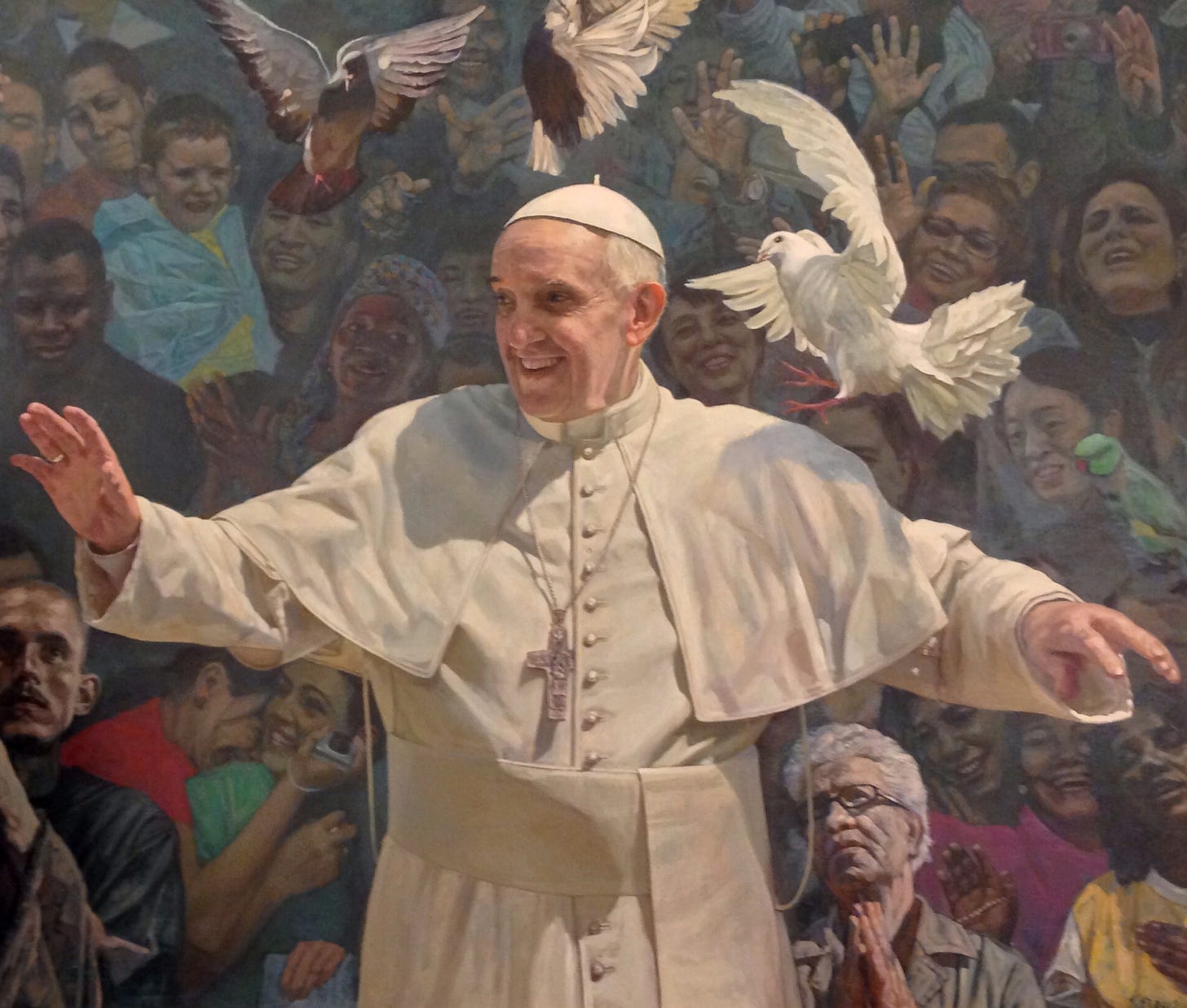How to Talk Like a (Traditional) Catholic
“Lex orandi, lex credendi, lex vivendi…lex loquendi”: How the language we use conveys and reinforces our religion

An “ecclesiological” problem
One of the most striking ironies of Traditionis Custodes is the agreement it has occasioned — amongst people on polar opposite sides of the Church — that some kind of rupture from Catholic tradition did indeed occur at Vatican II and still exists today. In his July 22, 2021 commentary on the motu proprio, SSPX Superior General Fr. Davide Pagliarani manifested his conviction that:
The Tridentine Mass expresses and conveys a conception of Christian life — and consequently, a conception of the Catholic Church — that is absolutely incompatible with the ecclesiology that emerged from the Second Vatican Council. The problem is not simply liturgical, aesthetic, or purely technical. The problem is simultaneously doctrinal, moral, spiritual, ecclesiological, and liturgical. In a nutshell, it is a problem that affects all aspects of the Church’s life, without exception. It is a question of faith.
Six days later, an unlikely figure expressed himself in agreement. Cardinal Roche, in a leaked letter to Cardinal Nichols of Westminster, described the traditional Roman Rite as “at variance with Conciliar reform” and encouraging “an ecclesiology that is not part of the Church's Magisterium.”
In case there was any doubt, Pope Francis himself publicly affirmed the same point a year later in his apostolic letter, Desiderio Desideravi, “On the Liturgical Formation of the People of God.” In justifying Traditionis Custodes, Francis described precisely “what is at stake in the liturgical question”:
It would be trivial to read the tensions, unfortunately present around the celebration [of the two missals], as a simple divergence between different tastes concerning a particular ritual form. The problematic is primarily ecclesiological. (no. 31, emphasis added)
We should give Pope Francis credit for breaking a taboo that, for too long, has been considered untouchable. Catholic conservatives, and even some traditionalists, have long preferred to paper over the past sixty years of revolution within the Church with phrases such as “liturgical preference,” ”development of doctrine,” or “hermeneutic of continuity.” Even Pope Benedict XVI, in his letter accompanying Summorum Pontificum, prefaced his rightly celebrated quotation “What earlier generations held as sacred, remains sacred and great for us too” by assuring bishops that “there is no contradiction between the two editions of the Roman Missal. In the history of the liturgy there is growth and progress, but no rupture.” (This was a bit hard to reconcile with many others things he said on other occasions!)
However, for Pope Francis and Cardinal Roche, the “problem” of the traditional liturgy is precisely that there is a contradiction, that there is a rupture — not only with the Modern Rite of Paul VI, but also (to use the words of Fr. Pagliarani) with the underlying “ecclesiology that emerged from the Second Vatican Council.” In other words, the problem with the lex orandi is the lex credendi that it expresses. And when Team Francis and the SSPX Superior General agree on something, we had better pay attention. They might be seeing something real from which others have turned away their eyes.
Keep reading with a 7-day free trial
Subscribe to Tradition and Sanity to keep reading this post and get 7 days of free access to the full post archives.




